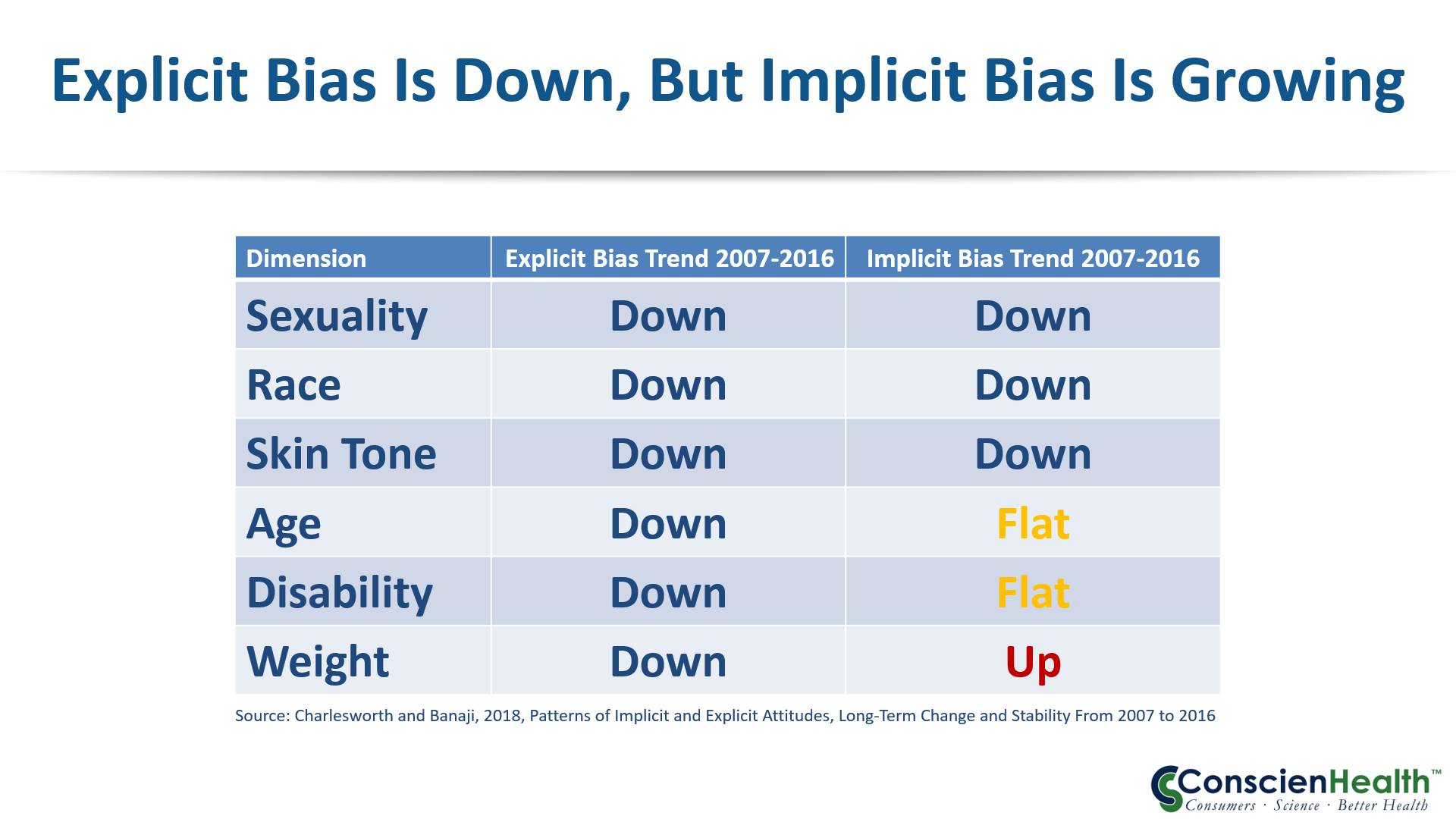
Shaming Customers with Clothing Sizes
RT-Mart is a hypermarket chain in Taiwan, having a measure of success in mainland China. But last week it set off a furor about fat shaming. For reasons unknowable, the chain replaced the usual S-M-L-XL-XXL clothing sizes with a shaming scheme. Slim, beautiful, rotten, extra rotten, and rotten to the core was the chain’s not so clever sizing scheme.
An Angry Internet
The internet in China erupted with dismay over this crude mistake. One blogger wrote:
“We shouldn’t elevate thinness as the beauty standard. Even if someone’s weight is perhaps in the highest category, you can’t just put them in the ‘rotten to the core’ category.”
A state agency, the All China Women’s Federation, publishes China Women’s News. On Saturday, the newspaper excoriated RT-Mart in an editorial. The headline pretty much summed it up:
“The evil and vulgar body-shaming chain is on the road to ruin.”
What About Implicit Bias?
This tumult suggests to us that the word is spreading globally. Explicit fat shaming is not OK. We have seen many indications here in the U.S. that explicit weight bias is declining. Even in the last three years, we see a growing acceptance for the idea that people need medical help, not blame for obesity.
 But implicit bias is much tougher. Research tells us that while explicit weight bias may be declining, implicit bias has grown.
But implicit bias is much tougher. Research tells us that while explicit weight bias may be declining, implicit bias has grown.
And in China, the bias favoring extreme thinness is strong. Brandy Melville is a popular clothing retailer in China that sells only one size – extra small. Afra Wang, host of a Chinese pop culture podcast told the New York Times she sees the movement on this issue as superficial at best:
“Body positivity is still a very peripheral topic. I don’t see any sign of social change.”
Despite the challenges that remain, every bit of progress on explicit bias is worth celebrating. Acting like we reject bias is a step toward shedding our implicit biases. Perhaps we can fake it till we make it.
Click here, here, and here for more on the brouhaha in China.
A Doll’s Dress, photograph © dollyhaul / flickr
Subscribe by email to follow the accumulating evidence and observations that shape our view of health, obesity, and policy.
November 17, 2020

November 17, 2020 at 10:07 am, Cathy A Arsenault said:
Body shaming is still alive everywhere. We hear this in the office of the PCP when they leave their laptop up in front of them and tell a patient to ” eat less and move more.” We see it with advertising food, magazines, movies, TV. It is socially acceptable to shame people for their weight worldwide.
I believe that we in the obesity community need to demand of ourselves and of others that this stops. There is work to be done internally so we can become strong, confident, and able to stand up to the outside world.